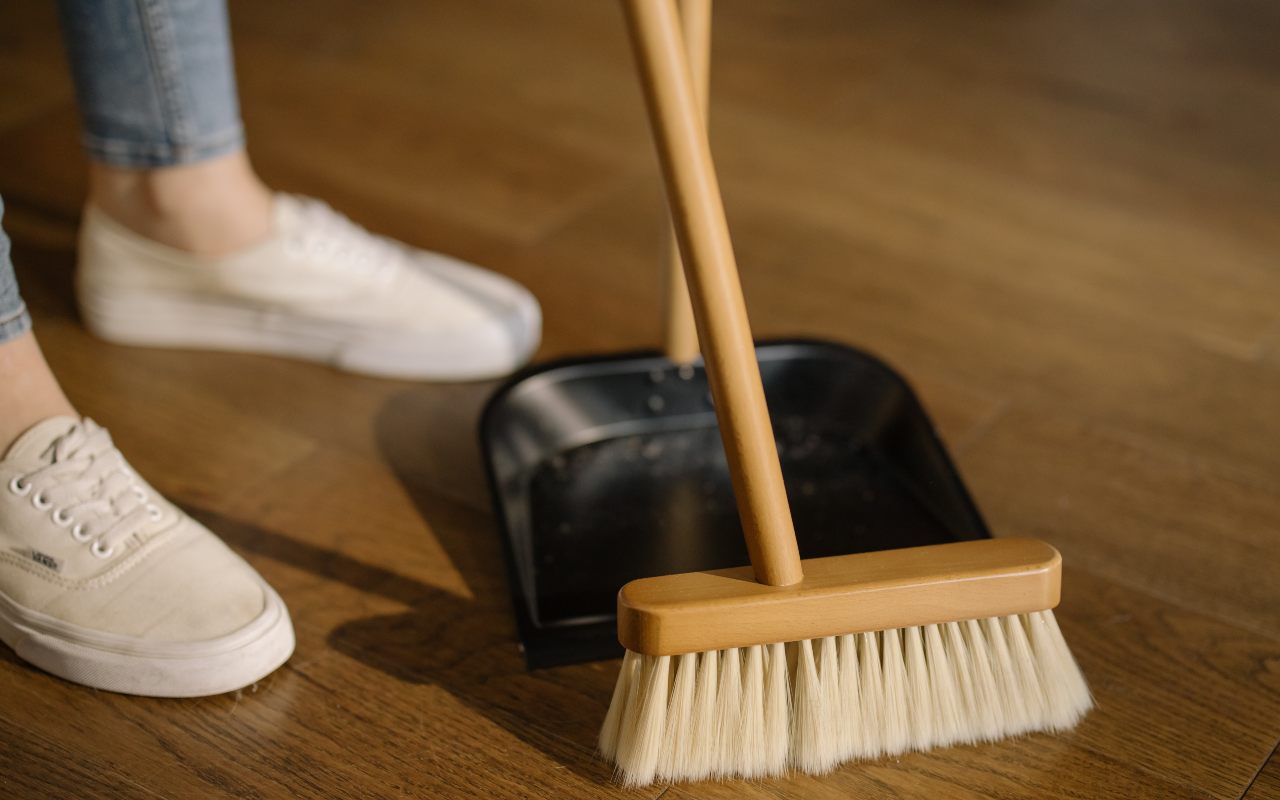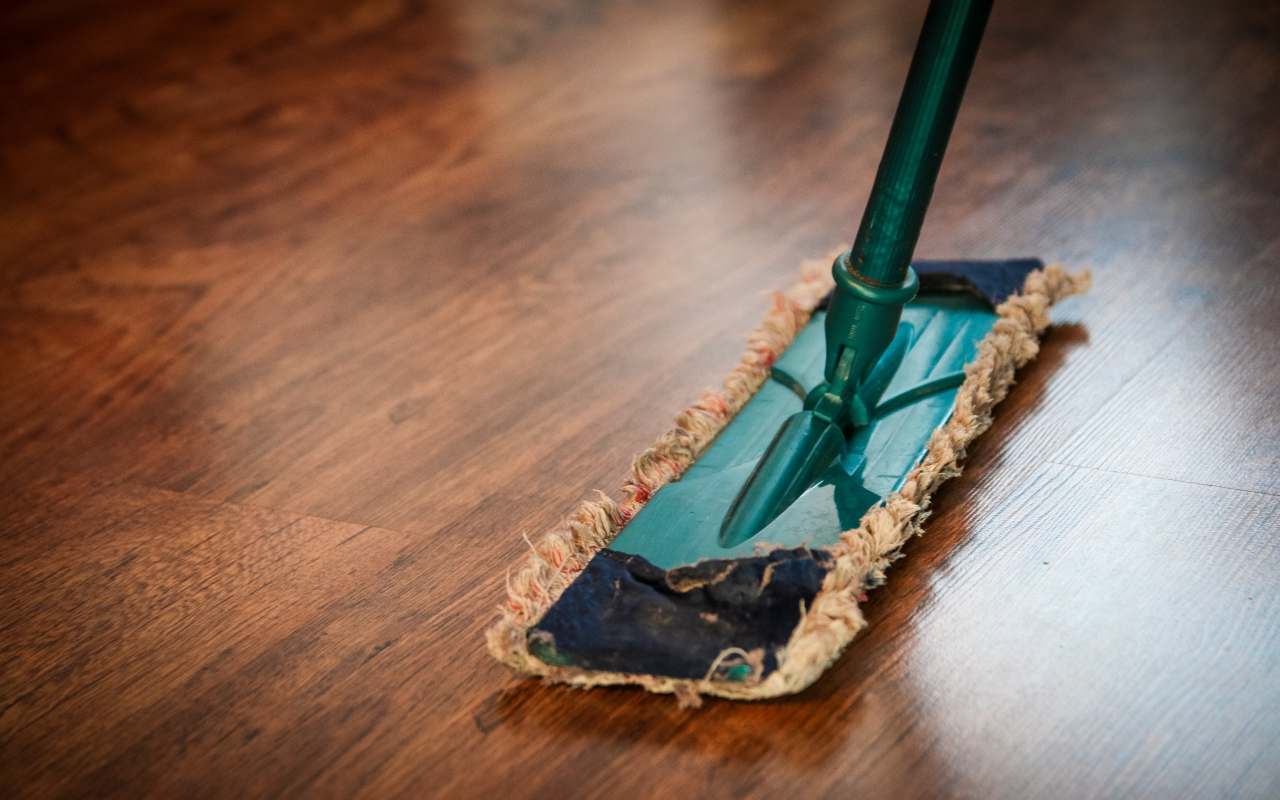
Dust Allergy – What Triggers Dust Allergy?
Dust allergy is a common ailment that affects countless individuals worldwide.
Understanding the triggers behind these allergies is crucial not only for those who suffer from them but also for everyone who wishes to maintain a healthy living environment.
This blog post aims to shed light on these triggers, offering insights into what exactly in our surroundings might be exacerbating allergic reactions. As you delve deeper, you will find answers to pressing questions and an exploration of topics that revolve around dust allergies, their causes, and preventive measures.
Read on to arm yourself with knowledge and take proactive steps towards a healthier home.
What is Dust Allergy?
It is one of the most common allergic reactions people experience, but what exactly is it? At its core, a dust allergy is the body’s immune response to certain particles found in the dust of our homes and environments. These reactions can manifest as various allergy symptoms, ranging from sneezing to more severe respiratory issues.
However, there are several misconceptions about what causes these allergies.
One widespread belief is that the mere presence of dust is the allergy to dust triggers. In reality, it’s not just the dust – but specific allergens within the dust – that cause allergic reactions.
For example, pollen, mold spores, and pet dander present in dust can be significant culprits. Contrary to some beliefs, dust allergy causes aren’t solely about the dust particles themselves but about these microallergens they harbor.
Another misconception is that only old or unclean homes have dust that can trigger allergies.
But even the cleanest homes can have dust and, consequently, can trigger allergies. It’s essential to understand that it’s not just the quantity but the quality or composition of dust that matters.
Furthermore, while many people might be aware of common signs of allergy like sneezing or a runny nose, they might not link more severe symptoms to their environment’s dust.
Issues like persistent coughing or skin rashes can also be one of the symptoms.
Lastly, while there’s a connection between mold and dust allergy or pollen and dust allergy, not all molds or pollen types cause allergies. Knowing what specific allergens to look out for can help in the prevention of these allergies, ensuring a safer and more comfortable living environment for all.

Can Dust Cause Allergies?
Yes, dust can indeed cause allergies. However, it’s not the dust itself, but rather specific components within it.
Dust is a mixture of various particles, including dead skin cells, pollen, mold spores, and notably, dust mites. These tiny mites thrive in household conditions, and it’s their waste and body fragments that trigger allergic reactions in many people.
The American College of Allergy, Asthma, and Immunology notes that about 20 million Americans are allergic to dust mites. Furthermore, research indicates that a significant number of homes contain dust mite allergen levels high enough to elicit allergic symptoms.
So, while dust seems harmless, its microscopic components can be major allergens, leading to sneezing, runny noses, and more severe respiratory issues. Recognizing these allergens is essential for effective allergy management.
Common Allergens Found in Dust
Household dust is a cocktail of microscopic particles, many of which can trigger allergies. Here’s a closer look at some of the prime allergy causes.
Pollen and Dust allergy
Pollen, primarily from outdoors, can hitch a ride on clothing or pets and settle into our homes. Indoors, these tiny particles can initiate allergy symptoms like sneezing or eye irritation.
Dust Mites – Main Cause of Allergy to Dust
Microscopic dust mites feast on skin cells in our homes. While they’re harmless, their waste contains proteins causing allergic reactions, ranging from itching to asthma.
Pet Dander – A Major Contributor to Allergy Symptoms
Dander, or tiny flecks of skin from furry or feathered pets, can be potent allergens. In sensitive individuals, these particles can cause reactions such as sneezing or skin itching.
Mold and Dust Allergy
Molds release spores, especially in damp areas. When inhaled, they can lead to allergic reactions like nasal stuffiness. The presence of mold in air ducts is a primary location where these allergens can proliferate.

Dust Allergy Symptoms – What Are the Signs of Dust Allergy?
Household dust, laden with various allergens, can lead to an array of allergic reactions. Recognizing the specific symptoms can aid in timely intervention and management.
Common Symptoms:
- Sneezing and runny or stuffy nose
- Itchy or watery eyes
- Red, itchy skin or rashes
- Itchy throat or coughing
- Wheezing or difficulty breathing
- Tightness in the chest
While these symptoms can mirror those of other allergies, dust mite allergy reactions often intensify after cleaning activities like vacuuming or dusting, or upon waking if bedding contains significant dust mite populations.
Differentiating between dust allergies and other allergic reactions can be challenging, as many symptoms overlap.
However, the timing, frequency, and association with specific triggers can provide clues. For instance, seasonal allergies may present similar symptoms but will correlate with pollen counts, whereas dust mite allergy symptoms remain consistent year-round and increase in dusty environments.

What triggers Dust Allergy?
Understanding what specifically triggers dust allergies is essential for effective management. They aren’t just about the dust; they’re about the allergens contained within that dust.
Dust Exposure – Understanding Allergy Triggers
The more frequently individuals are exposed to dust and its allergens, the higher the chances of an allergic reaction. Homes with higher levels of dust mite debris, pollen, or pet dander can amplify allergic reactions. Regular cleaning, therefore, plays a crucial role in minimizing dust exposure.
Change of Seasons – Pollen and Dust Allergy Intensification
As seasons change, so does the composition of dust. Pollen levels can surge during certain seasons, mixing with indoor dust and exacerbating allergies. Similarly, colder months can lead to increased indoor heating, which can stir up dust particles and intensify allergic reactions.
Poor Indoor Air Quality – A Catalyst for Allergy Symptoms
Indoor air quality directly influences allergy severity. Pollutants, tobacco smoke, and even certain cooking fumes can worsen air quality, making allergic reactions more severe. Discovering how to improve indoor air quality can significantly enhance your overall quality of life.
Bedding and Upholstery – The Hidden Causes of Dust Mite Allergy
Fabrics from beds and furniture can trap allergens like dust mites, pet dander, and pollen. Over time, without regular cleaning, these allergens can accumulate and become significant triggers for those with dust allergies.
Pollen Transfer – The Overlooked Cause
Though pollen is an outdoor allergen, it doesn’t stay there. It can easily be brought indoors through windows, on clothing, or by pets. Once inside, it merges with indoor dust, intensifying its allergenic potential. Regular cleaning, especially during high pollen seasons, is vital to keep indoor dust allergies at bay.

Managing Dust Allergy – Prevention of Dust Allergies
Managing and understanding how to prevent dust allergies can drastically elevate one’s living conditions. The role of prevention in handling allergy symptoms and the triggers cannot be overstated.
Regular Cleaning
Routine cleaning is the primary defense against allergy triggers. Especially ventilation systems, which, when neglected, can be a hotbed for allergy. The significance of consistent maintenance through services like HVAC cleaning becomes pivotal in reducing the causes of allergy.
Humidity Control
The relationship between humidity and mold and dust allergy is evident. Dust mites flourish in humid environments. By controlling humidity, we can effectively curb their growth, making it a key method on how to improve indoor air quality.
Air Purification
Understanding what triggers dust allergy points us to the importance of air purification. Using high-grade air purifiers can minimize pollen and allergy symptoms. Advanced solutions like UV air sterilization target airborne allergens. Additionally, employing an electrostatic air filter offers an extra layer of protection against allergy causes.
Pet Care
Signs of dust allergy often aggravate in homes with pets. Regular grooming and maintaining pet hygiene can significantly curtail pet-related triggers. It’s also essential to consider the prevention of allergies to dust by focusing on areas pets frequent. Vent cleaning, especially in areas near pet zones, is crucial to keep symptoms at bay.
In our journey through understanding dust allergy, we’ve shed light on its triggers, the various allergens present in dust, and the symptoms they induce. We’ve also emphasized the vital role that factors like changing seasons, indoor air quality, and even our beloved pets play in exacerbating or mitigating these allergies.
Remember, prevention is better than cure. One of the most potent ways to guard against these allergies is through consistent cleaning, especially of our ventilation systems.
Improving indoor air quality is not just about comfort; it’s about health. Consider scheduling regular air quality checks and ensure that your living environment is as allergen-free as possible.
Take action today. Your health, comfort, and peace of mind are worth it.

